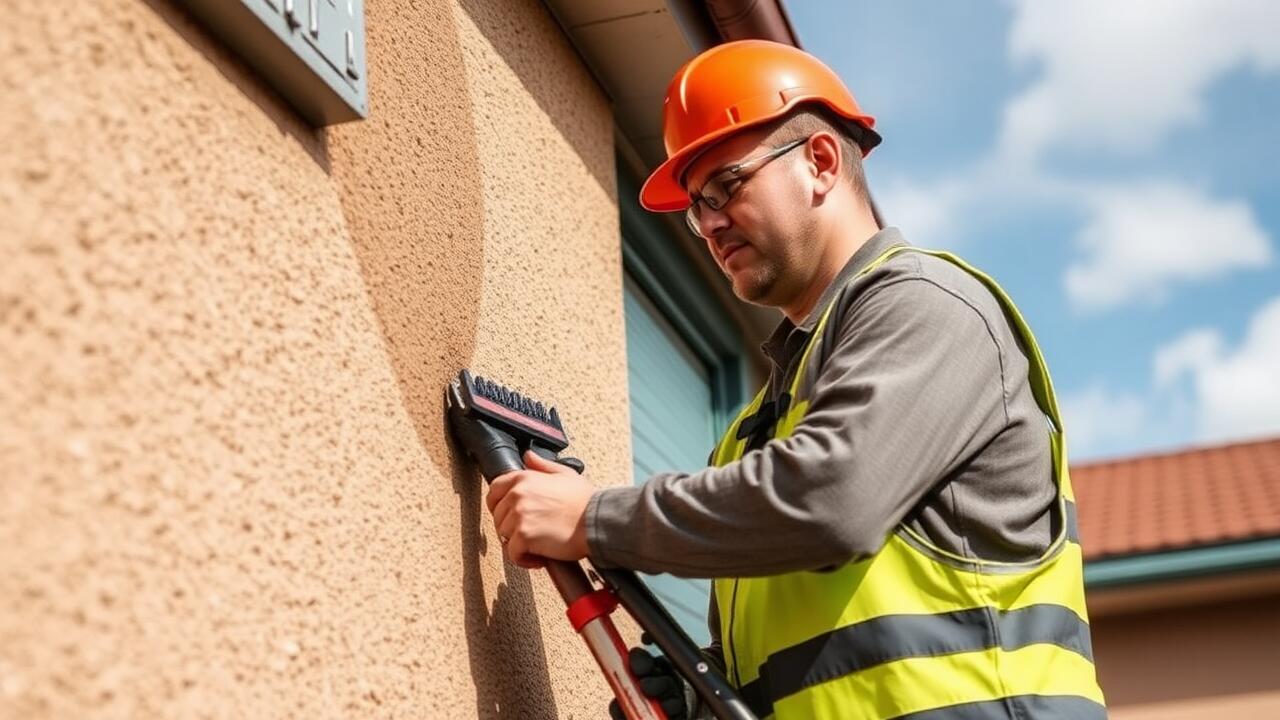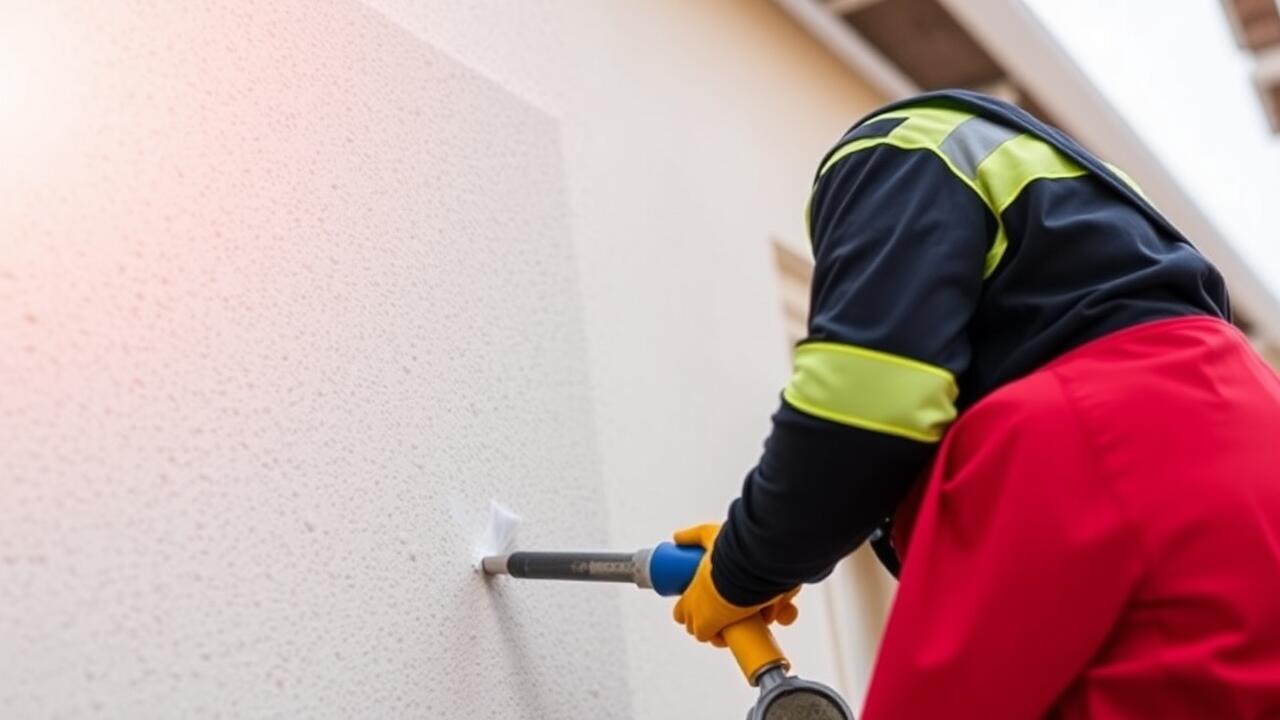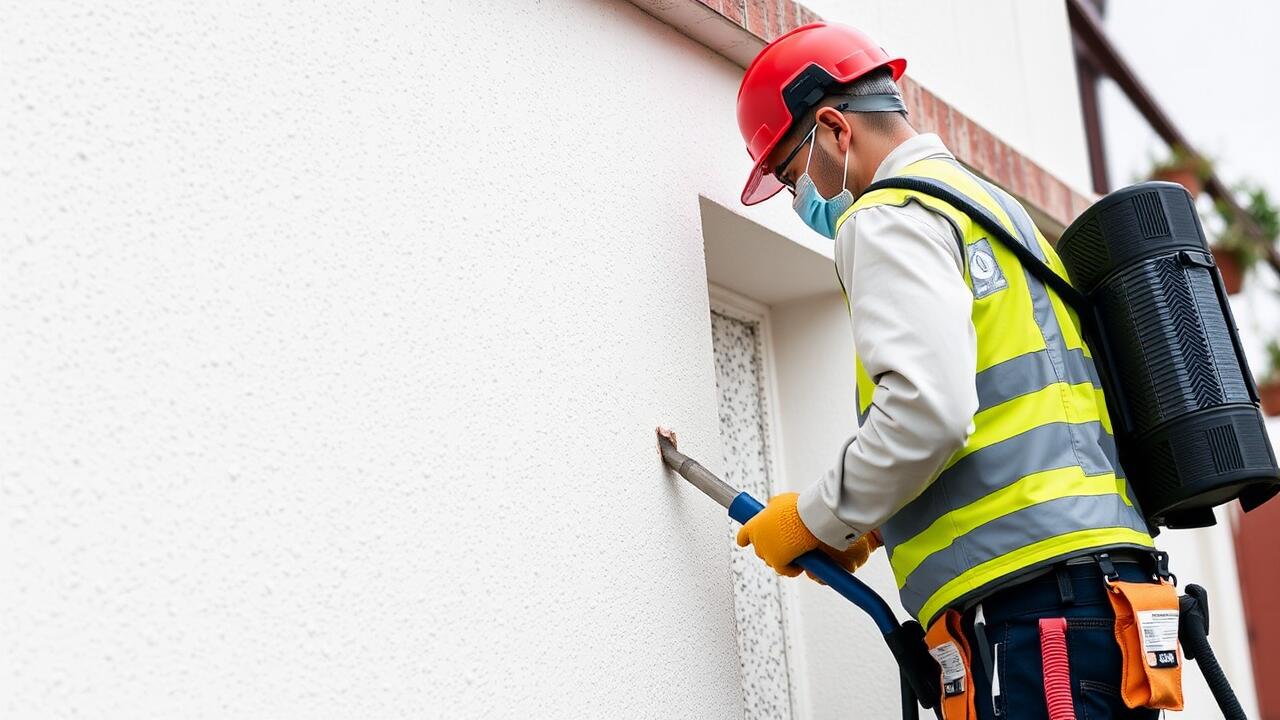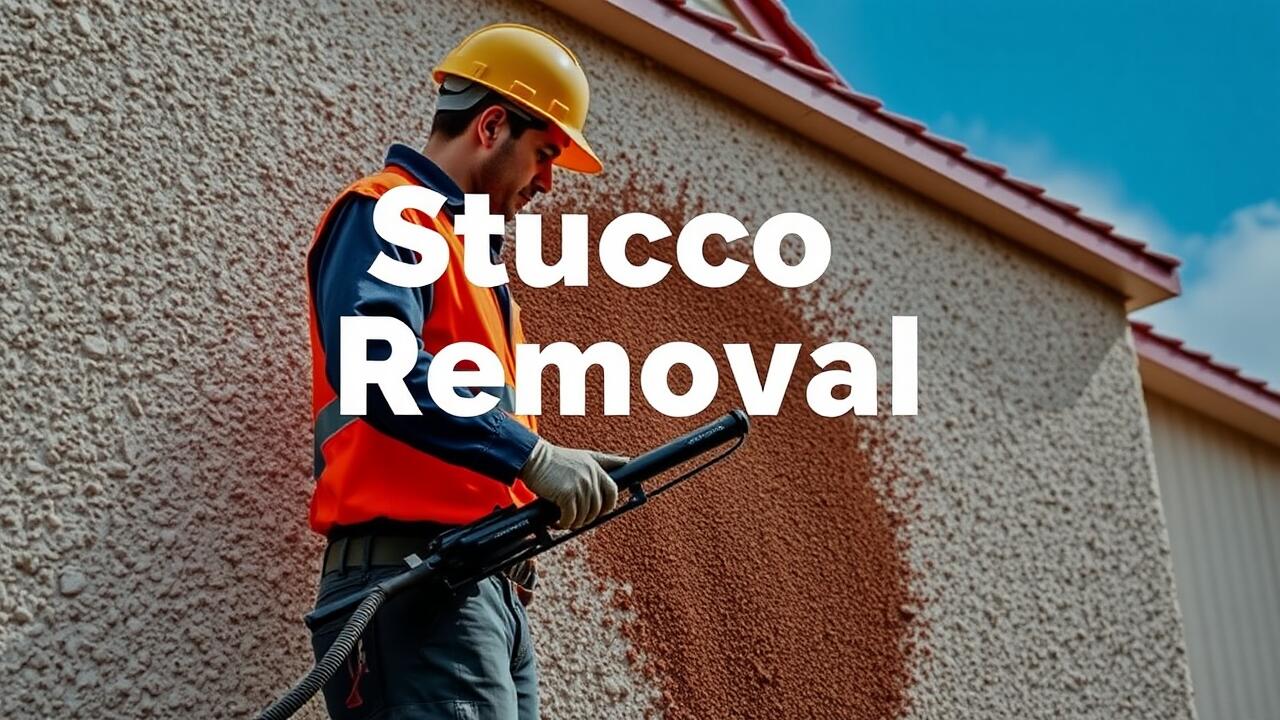
Proper Chisel Angle and Pressure
To achieve effective results during stucco removal, maintaining the proper angle and applying the correct amount of pressure with your chisel is crucial. A standard recommendation is to keep the chisel at a 30 to 45-degree angle to the stucco surface. This angle allows for better penetration and minimizes the chances of damaging the underlying wall. Holding the chisel at this angle will also enable you to control the tool more effectively, especially when working on difficult sections.
Pressure matters significantly in the stucco removal process. Too much force could inadvertently chip or crack the substrate beneath the stucco, while too little pressure may result in inadequate removal. For those engaged in Stucco Removal in Highland Park, Los Angeles, finding the right balance is key. Start with light pressure and gradually increase it as needed, ensuring that you maintain your grip on the chisel for optimal control throughout the task.
Maintaining Control While Chiseling
Maintaining control while chiseling is crucial for effective stucco removal. Hold the chisel firmly in one hand while using the other hand to stabilize your arm. A steady grip allows for more precise movements and minimizes the risk of slipping. This technique is particularly important when working on vertical surfaces where gravity can affect your control. Adjust your stance and body position to ensure you are comfortable and balanced throughout the process.
For those engaged in stucco removal in Highland Park, Los Angeles, taking regular breaks can enhance control and prevent fatigue. A tired hand can lead to erratic movements and increase the chances of damaging the underlying surface. Pay attention to the rhythm of your chiseling. Consistent, controlled strikes are more effective than hurried attempts. Keep your focus on the task to ensure that each strike is purposeful and well-placed.
Removing Stucco Efficiently
When tackling stucco removal, efficiency is key to achieving a clean and effective job. Begin by assessing the area covered in stucco, determining the best positions to start chiseling. Utilize a wide chisel for larger areas, as it can remove more material with each stroke. Adjusting your angle and applying steady pressure will enhance your progress and limit damage to the underlying surface. For those considering a project like this, finding local services can help, particularly for extensive jobs such as stucco removal in Highland Park, Los Angeles.
A systematic approach can further boost your efficiency. Work in small sections, focusing on one manageable area at a time. This prevents overwhelming the project and allows for better control over the chiseling process. Regularly clearing debris as you progress keeps your workspace tidy and reduces the likelihood of hazardous tripping risks. Properly timed breaks will also help to maintain stamina throughout the job, ensuring that you perform each step with precision.
Tips for Faster and Cleaner Removal
Using the right tools can significantly speed up the stucco removal process. A sharp chisel will cut through the material more efficiently compared to a dull one. Regularly check the blade's sharpness and replace it if necessary. In addition, consider using an electric chisel or demolition hammer for larger areas, as they can save considerable time and effort. This approach is particularly beneficial for projects like stucco removal in Highland Park, Los Angeles, where older structures may have thick coats.
Maintaining a consistent technique while chiseling can lead to improved results. Start at the edges and work your way inward, applying gentle, even pressure. This will help minimize damage to the underlying surface. Clearing debris as you go will also keep your workspace organized and safe. For areas with stubborn stucco, try using a combination of chiseling and prying to loosen the material effectively.
Cleaning Up After Removal
After successfully removing stucco, the cleanup process is essential to ensure a tidy workspace. Begin by gathering loose debris and larger chunks of stucco. Use a broom and dustpan for smaller particles, and consider a shovel for heavier pieces. Wearing a mask and safety glasses during this phase is important to protect against dust and sharp edges. This preparation lays the foundation for a clean environment, which is especially crucial for projects like Stucco Removal in Highland Park, Los Angeles.
Once the larger debris is managed, the next step involves dealing with dust residue. A vacuum equipped with a HEPA filter can effectively capture fine particles. Afterward, damp cloths or mops can be employed for any remaining dust on surfaces. It’s important to assess the area for any overlooked materials. Proper disposal of the stucco debris contributes to a responsible cleanup, as it may involve following local regulations regarding construction waste.
Disposal of Stucco Debris
Once the stucco has been removed, it is essential to handle the debris properly. Gather all excess materials, including chunks of stucco, dust, and any other waste generated during the project. Use heavy-duty garbage bags or containers that can withstand sharp edges. This approach prevents injuries and makes clean-up more organized.
For those in the Highland Park area, consider local recycling options for stucco debris. Many construction waste facilities accept this material, ensuring it is disposed of responsibly. This not only reduces landfill waste but may also align with regulations for construction and demolition debris in Los Angeles. Following these steps helps maintain a clean worksite while supporting eco-friendly practices in the community.
FAQS
What type of chisel is best for removing stucco?
A flat chisel or a masonry chisel is best for removing stucco, as they are designed to handle the hardness and texture of stucco material effectively.
How do I determine the proper angle and pressure when using a chisel?
The proper angle is typically between 30 to 45 degrees to the surface, applying consistent pressure while chiseling to avoid damaging the underlying structure.
What should I do if I encounter stubborn areas of stucco?
If you encounter stubborn areas, consider using a hammer to gently tap the chisel or use a more aggressive technique, such as alternating chiseling and prying, to loosen the material.
How can I ensure a cleaner removal of stucco?
To ensure a cleaner removal, work in small sections, maintain control of the chisel, and use a combination of chiseling and scraping techniques to minimize debris.
What is the best way to dispose of stucco debris?
The best way to dispose of stucco debris is to collect it in a sturdy container or bag and take it to a local waste management facility that accepts construction debris, or check if it can be recycled.


